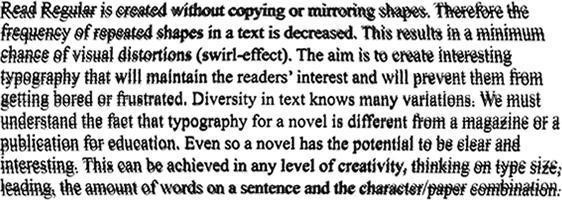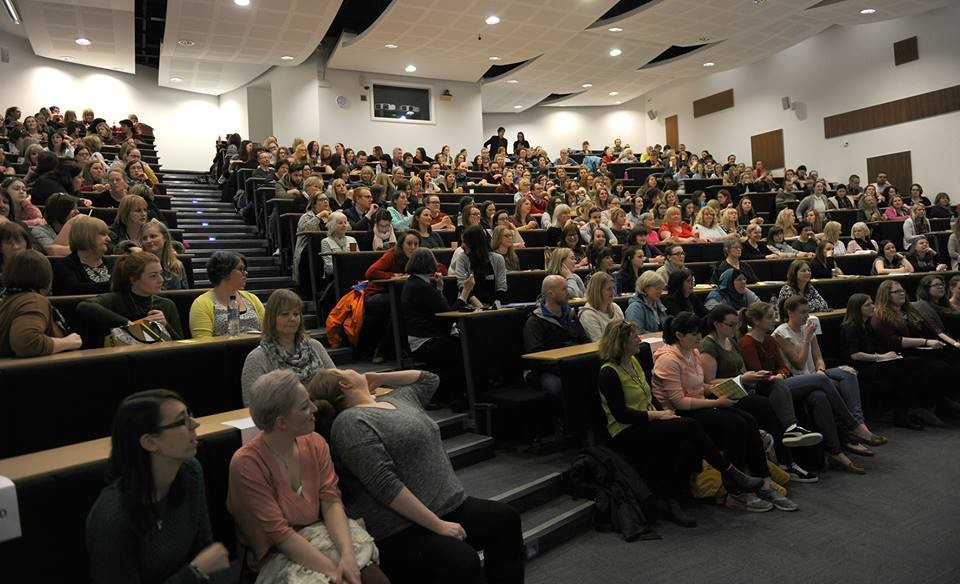Reflect on what you have read. What challenges may there be when beginning outdoor learning with a class? How would you plan and prepare for this?
Evidence – Write a reflection on the positive aspects and challenges of outdoor learning. Plan an outdoor learning lesson with a focus on Health & Wellbeing. Where will you go? What experiences/activities will you organise to ensure the Health and Wellbeing outcomes are met?
Taking a class outdoors for learning as I realised on my Learning from Placement there can be numerous risks. There were lengthy risk assessment documents for every potential risk that could happen on every activity they provided. However, whilst on placement, not once did we have any incidents during the 6 week period I was there. This is due to the fact that the correct measures were in place because of the risk assessments.
In the beginning stages of taking a class outdoors and away from the school grounds, my biggest fear is losing a child. I am aware that if I build relationships with all my pupils and have the ability to trust them, then this should not be an issue. Setting the correct boundaries with the children and not allowing them totally freedom at first to make sure they are all able to come back when asked or stop where told to do means that I will still have control over the situation whilst allowing the children to have that freedom outdoors.
I believe thoroughly in the power of play and the effects being outdoors can have on children, especially since being on my placement in second year. I think that the outdoors generally has the ability to give children the sense of responsibility, freedom, independence, challenges, builds resilience and defines personalities. It has a huge impact on health and wellbeing in children as Stirling council, in particularly St. Ninians Primary, has proved with their daily mile challenge. Getting their children outdoors every day for their day mile has reduced obesity levels to the point where no child in St. Ninians is obese.
Although teaching outdoors come with its own set of risks. These cannot stop children from going outdoors. In a time when playing outside is quickly deteriorating due to fears of risks and of people: in my opinion, teachers and schools are in a position to educate. They should be taking children outdoors for their health and wellbeing and to educate children as well as parents on safe places to be outdoors and what the children can learn from being outdoors. When I take my class outdoors, I feel I have a basic knowledge already on places in Aberdeen that I could go or organisations that I could contact for resources or help. However, there will still be risks – which will always be there but through risk assessment and risk management, working with my children to build responsible citizens then these can be a part of learning.
When I was reading through chapter 11 of Dirty Teacher, there were issues such as weather, poisonous plants and wasps which are all valid issues but issues that can be overcome none the less. When I was working with Adventure Aberdeen, we never cancelled a session due to the weather – even in the snow in May. When I plan on doing an outdoor session with my class I will be advising parents in advance that we will be going outdoors and that children will need the appropriate clothing for this and remind them we are in Scotland – hopefully if its summer to send them with both a rain jacket and sunscreen but if we are in winter to make sure they will be well wrapped up. At Adventure Aberdeen, there were multiple times we were supposed to do activities that were water based activities but due to the weather these plans had to change, much to the disappointment of some children. However, the session was never completely cancelled – as Juliet suggested in chapter 11 – we changed the session to fit with the weather and it changed to a session where the children would always be active, such as cycling.
With weather, I have experienced both extremes whilst at camp and whilst on placement. As already stated on placement, the children were out in all weather conditions from sunny days in the sea to snow sand sledging. However, at camp, the as soon as it rained – in a little bit – the children’s activities were changed from normal schedule to rainy day schedule. This meant that the children were kept indoors even when it was just drizzling. You could tell from the children that this was frustrating for them as they looked forward to the activities they had selected and these were often cancelled, normally these days were back to back. In my views, if Scandinavians countries can have children out in all weathers and this clearly has an impact on their children’s wellbeing and education then we should follow the lead of Adventure Aberdeen and the Scandinavian countries and try to get our children out in all weather conditions.
Another issues that Juliet raised was poison plants. Poison plants or endangered plants were constantly surrounding children when I was out on placement. However, in the woods, if any plants were endangered or poisonous, the had a red stick next to them. This drew attention to them which could have made children go over and touch them but instead the inquisitive children wanted to know why there was a red stick in the forest and what it meant. This is an idea that can be taken into the local area or the playground to bring attention to the plants but can also be explained before to the children before we leave the classroom that if they see the red stick then it means not to touch the plant because it can be dangerous.
A final idea that Juliet suggested was to do with the animals we find out in nature such as wasps and spiders. Juliet’s idea of a wasp drill I think is a brilliant idea as children can tend to panic when a wasp comes near them. This idea can mean that it would significantly reduce the risk of children being hurt by a wasp. This would also lead into different lessons such as instruction written on helping other children to minimise their risk of being hurt and they find a wasp, which is already died, to investigate wasps further. The idea of creating a spider web with wool was something I thought was a way to explore spiders and it could be a topic of discussion for why spiders make webs. However, if I was doing this with children and we were looking at the outdoors, I would take them outdoors for this. I would have my class outdoors with ropes getting them to create a web using the ropes and the trees in a forest, making sure the web was tight and had little holes. I would then get the groups to discuss why they thought the spiders web needed to be tight and compact. This means that we can use the outdoors for learning interdisciplinary: taking art through the creating the web; using the web we have created to learn and discuss spiders; then use the outdoors to try and find some spider as well as discussing if we should or shouldn’t touch them; but also discussing what other animals we can find in the forest.





 ldn’t go particularly far or find particularly much. However, what I did find that we could discuss was road safety, road signs and markings such as yellow lines – discussing with the children what they thought they meant. I also thought of reading things like bus time tables as this is a skill that is probably going to be relevant to their lives and is also something no one ever taught me to do.
ldn’t go particularly far or find particularly much. However, what I did find that we could discuss was road safety, road signs and markings such as yellow lines – discussing with the children what they thought they meant. I also thought of reading things like bus time tables as this is a skill that is probably going to be relevant to their lives and is also something no one ever taught me to do. ciety. SOC 2-03a (p.283)
ciety. SOC 2-03a (p.283)











